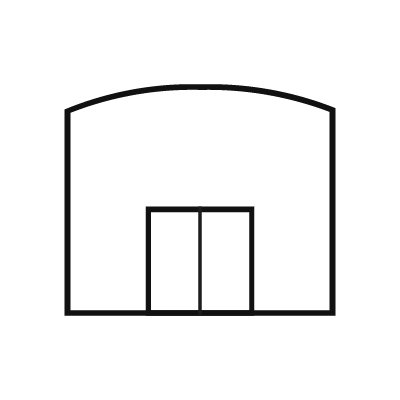Continue to cut
You’ll need to mow less through autumn and winter, although continue to cut for as long as your grass puts on growth. Raise the height of mower blades as temperatures dip and autumn progresses. Don’t mow if conditions are very wet or freezing.
TOP TIP: a hover or manual push mower is great for a small plot, while a petrol mower is good if you have a large lawn. Choose a cylinder mower if you want bowling-green stripes.
Autumn feed
Autumn feeds are designed to help grass produce strong roots, making them generally tougher the following year. Don’t use a spring feed as this encourages lots of leaf growth, which could be damaged by frost and essentially do more harm than good.
TOP TIP: Buy a special applicator for applying lawn fertiliser – this will make sure it’s evenly spread and will give your lawn the best possible chance of looking healthy
Top dress
Brush top-dressing over the surface of your lawn to get rid of lumps and bumps, and to encourage grass to thicken and put down more roots. It’s a mix of soil, sand and well-rotted compost, although you’ll find pre-mixed bags in-store.
TOP TIP: apply two lots of top-dressing, allowing a couple of days between each – this will allow the mixture to settle into any holes and dips
Clear fallen leaves
Clear leaves as soon as they fall to prevent them rotting and damaging the surface of your grass. Use a rake or broom to gather leaves together, and put them in a black sack to rot down into leaf mould.
TOP TIP: Run your mower over large lawns to collect leaves – it makes light work of the task although be sure to keep the blades high.
Get rid of moss
Use a spring-tine rake to remove moss from your lawn (called scarifying). It’s hard work but it stops the moss smothering the grass, giving it a chance to grow. Do this before it gets very cold to allow the grass to put on growth and recover.
TOP TIP: Tackle a large lawn with a scarifying machine – they look a bit like a rotavator and readily available for hire.
Improve drainage
Plunge a fork into the ground all over your lawn (called aerating). Go as deep as possible every 30cm or so, and this will help with drainage and encourage grass root growth for a generally more-healthy lawn.



